Optimal Timing for Storm Restorations
Storm restorations are most effective when performed promptly after a storm event to minimize damage and prevent further deterioration. The ideal time varies based on weather conditions, seasonal patterns, and regional climate factors. Typically, the period immediately following a storm is optimal for assessment and repairs, ensuring structures are restored before additional weather events occur.
Conducting inspections immediately after a storm helps identify damages early, allowing for timely restoration and reducing long-term costs.
Spring and fall often present favorable weather for storm restorations, with milder conditions reducing project delays.
In regions prone to hurricanes or tropical storms, restoration efforts are prioritized during the off-peak hurricane season to prepare for potential events.
Restoration projects are best scheduled during periods of stable weather to ensure safety and quality work.
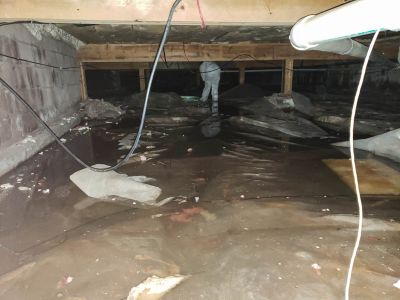
Ways to make Storm Restorations work in tight or awkward layouts.
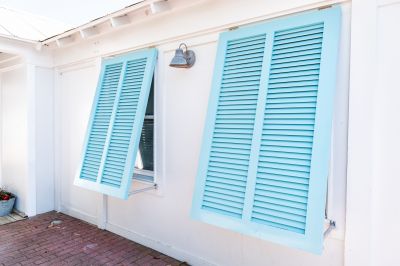
Popular materials for Storm Restorations and why they hold up over time.
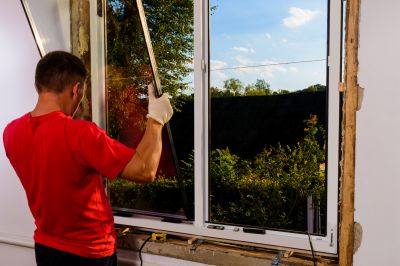
Simple add-ons that improve Storm Restorations without blowing the budget.

High-end options that actually feel worth it for Storm Restorations.

Finishes and colors that play nicely with Storm Restorations.
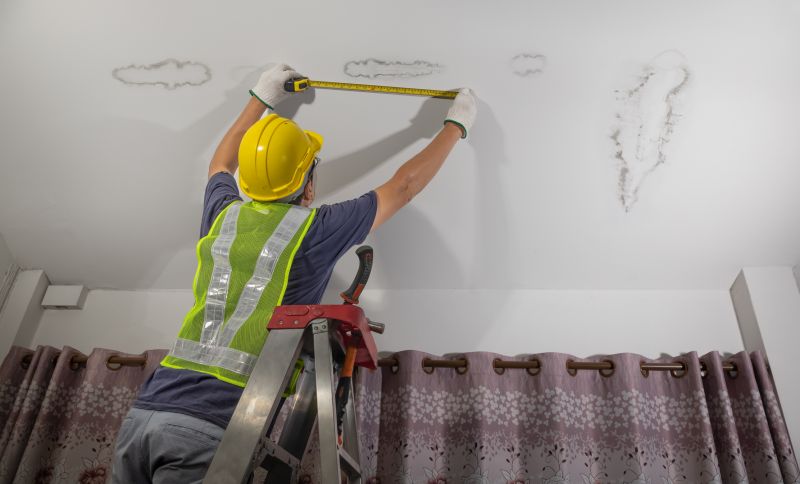
Little measurements that prevent headaches on Storm Restorations day.
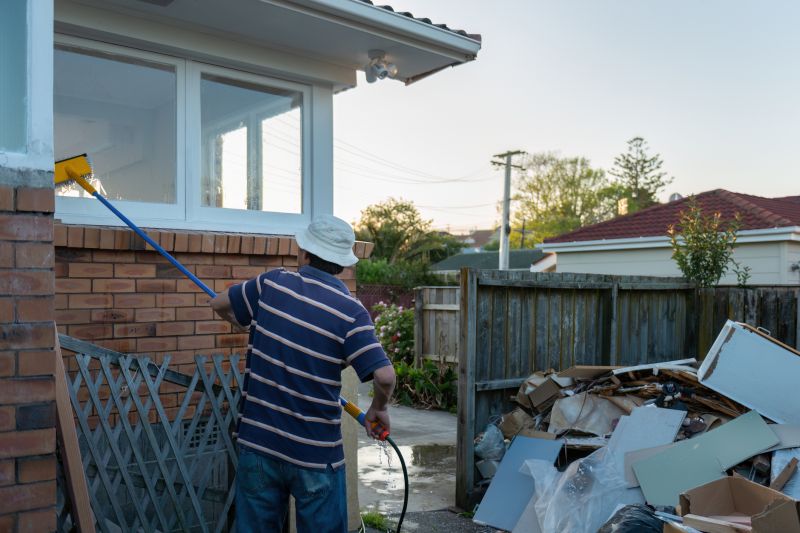
A 60-second routine that keeps Storm Restorations looking new.

A frequent mistake in Storm Restorations and how to dodge it.
Storm restorations involve repairing and restoring structures damaged by severe weather events. These efforts are crucial for maintaining safety, preserving property value, and preventing further deterioration. Proper timing ensures that repairs are effective and that structures are resilient against future storms. Statistics indicate that timely restoration can reduce repair costs by up to 30% and significantly decrease the risk of secondary damages such as mold or structural failure.
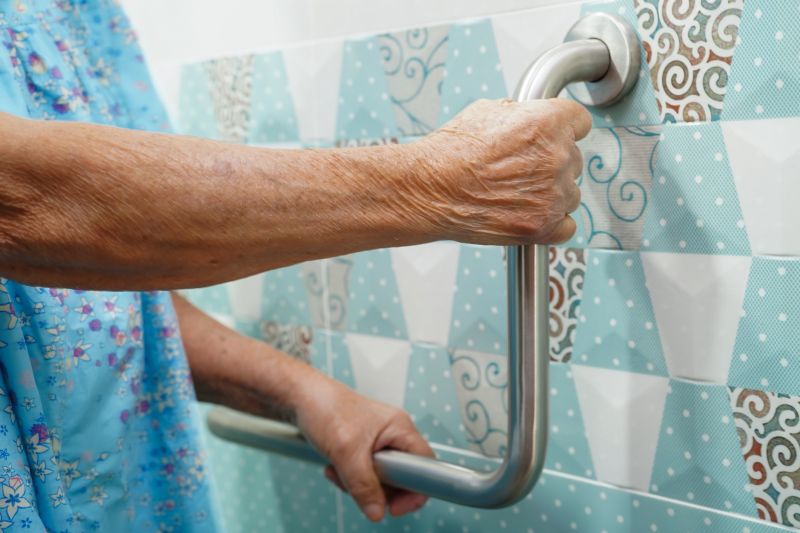
Small tweaks to make Storm Restorations safer and easier to use.
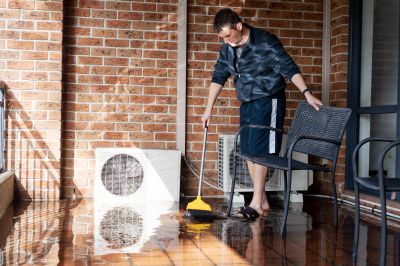
Lower-waste or water-saving choices for Storm Restorations.

The short, realistic tool list for quality Storm Restorations.
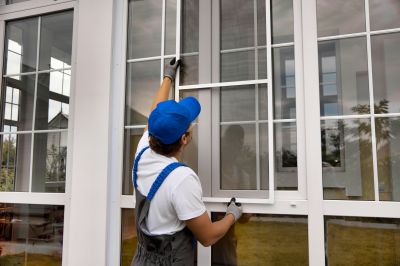
Rough timing from prep to clean-up for Storm Restorations.

Quick checks and paperwork to keep after Storm Restorations.
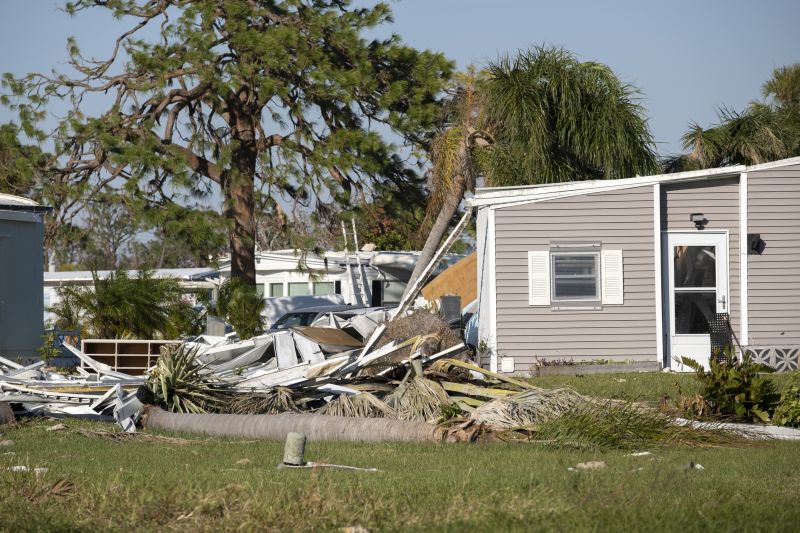
Examples that show the impact a good Storm Restorations can make.
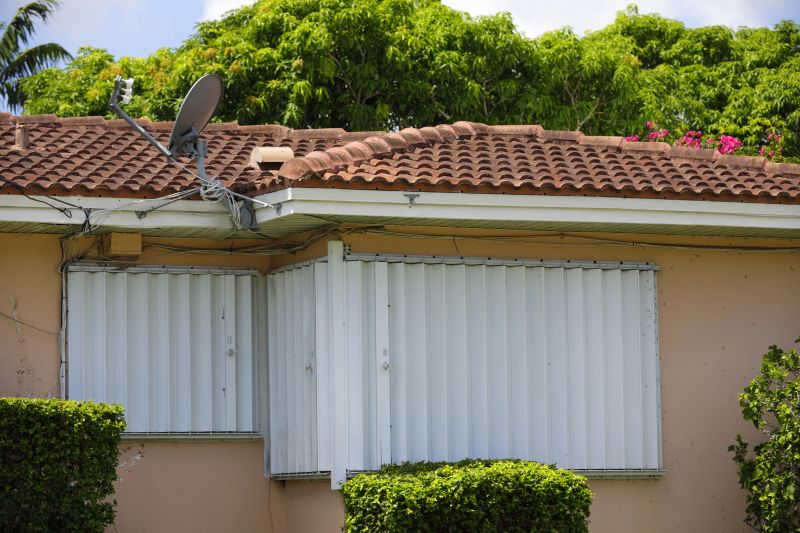
Ways to make Storm Restorations work in tight or awkward layouts.
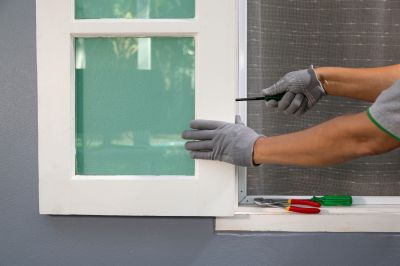
Ways to make Storm Restorations work in tight or awkward layouts.
Individuals interested in storm restorations are encouraged to contact for further information. Prompt response and planning can help ensure properties are restored efficiently and effectively, minimizing downtime and additional damages.
